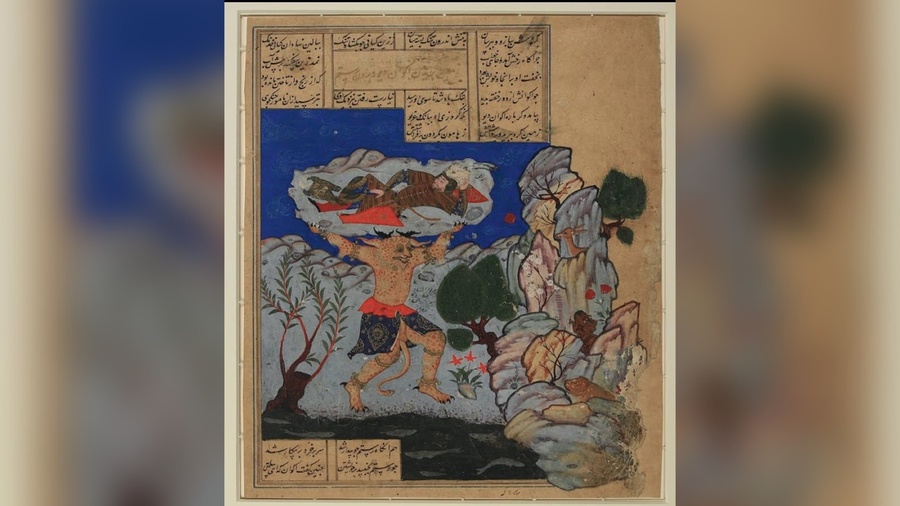Read the first part of this article here
Different roles are played in the stories of each nation, some of which are taken as thoughts and beliefs. The role of the demon in Kobani's stories is presented as a sign of fear and evil. Let us not forget that the role of the demon was sometimes mentioned in children's stories, which are also presented as a means of putting a child to sleep or rebelling against his parents. If they mean to remove evil, they present it in human form for humans to use to avoid evil, and if they mean to show fear, then why don’t they do this logically? When one hears the same story from two people, one realizes that each presents it in their own way and purpose.

On the other hand, sometimes the name of the demon is associated with its characteristics, or each demon in each story is called with different characteristics, some of them are called red demon, seven-headed demon, seven-eyed demon, short-handed demon, cruel demon, and many other names.
An example is the folk tale "The Sultan's Daughter":
“In a distant country, there was a sultan. One day the sultan held a contest... In the end, a demon won, so the sultan had to fulfill his promise that whoever won, the sultan would let him marry his daughter. But because he knows the one who won is a demon, he becomes very sad. The demon with one eye, is very strong, and some bones are visible in his pack, of course, the bones of dead people, when a new one dies, the demon goes to the cemetery and eats that dead. Finally, the sultan agrees to their marriage. The monster takes the Sultan's daughter to the distant mountains, reaches a cave he has reserved for himself, and enters with the Sultan's daughter.
Early in the morning he calls the girl and gives her some bones, which she must eat until he returns and fills the big bucket with her tears for the demon to drink. Finally, the demon angrily says, "You must eat the bones and fill the bucket on the fire with tears until I return."

Thus, we see the role of the demon in the two stories of "Bozan Agha and the Sultan's Daughter", told in Kobani.
The role of the demon in Kurdish stories is different, as in Arab stories the role of "dust", sometimes called "imlaq" is a symbol of fear and disease. We can say "Sand" is like the role of the demon, always presented to listeners negatively and very rarely described positively. The sand and the demon may be the same but have different names because sand is used in most Arab stories. However, we can say that the demon is an intelligent creature that has been described in many different ways. Sometimes he appears as a human being, as in the story of Bozan Agha, and sometimes in his usual greedy, big, and cannibal form. The monster is presented differently in each story, each with different characteristics from the others.









